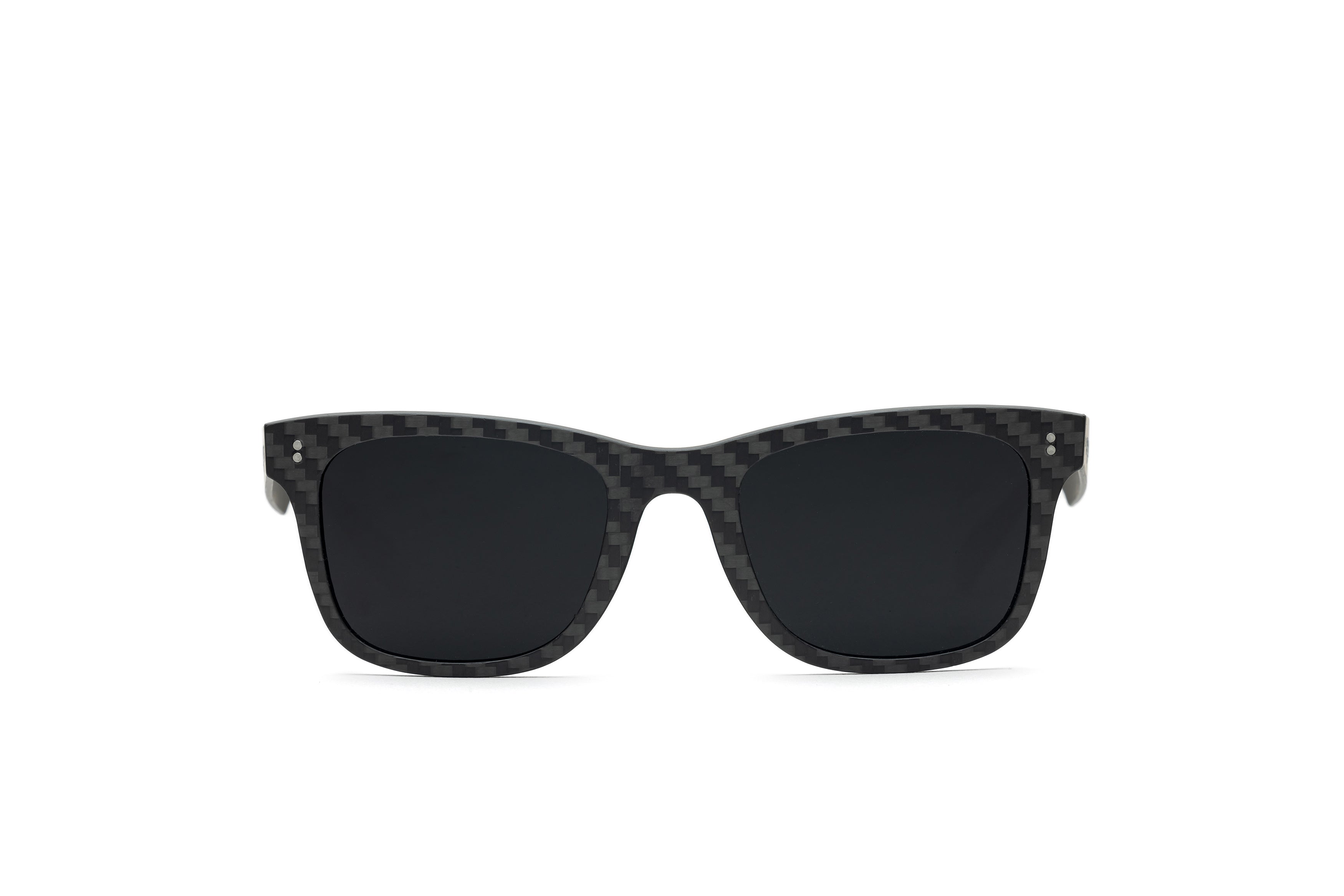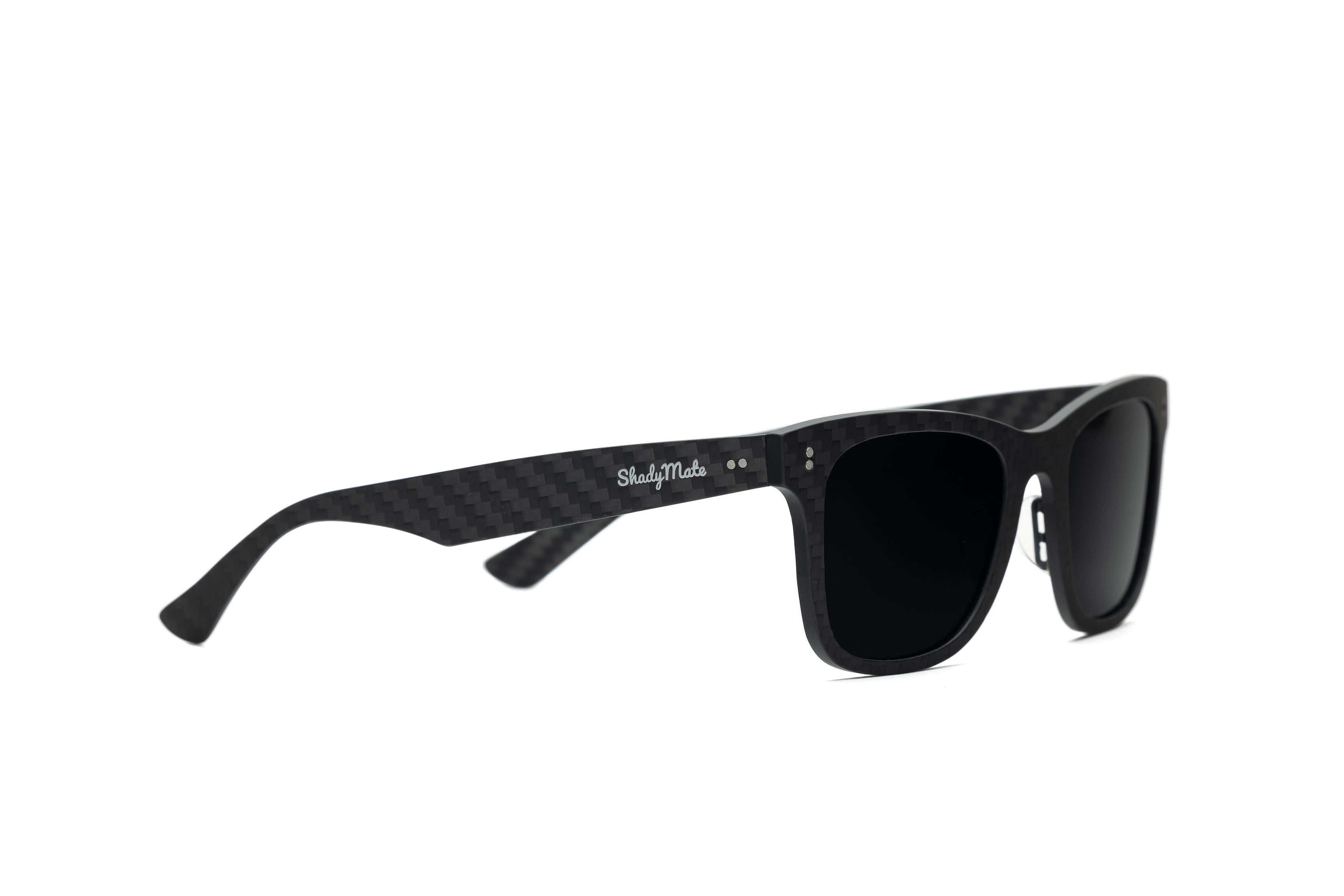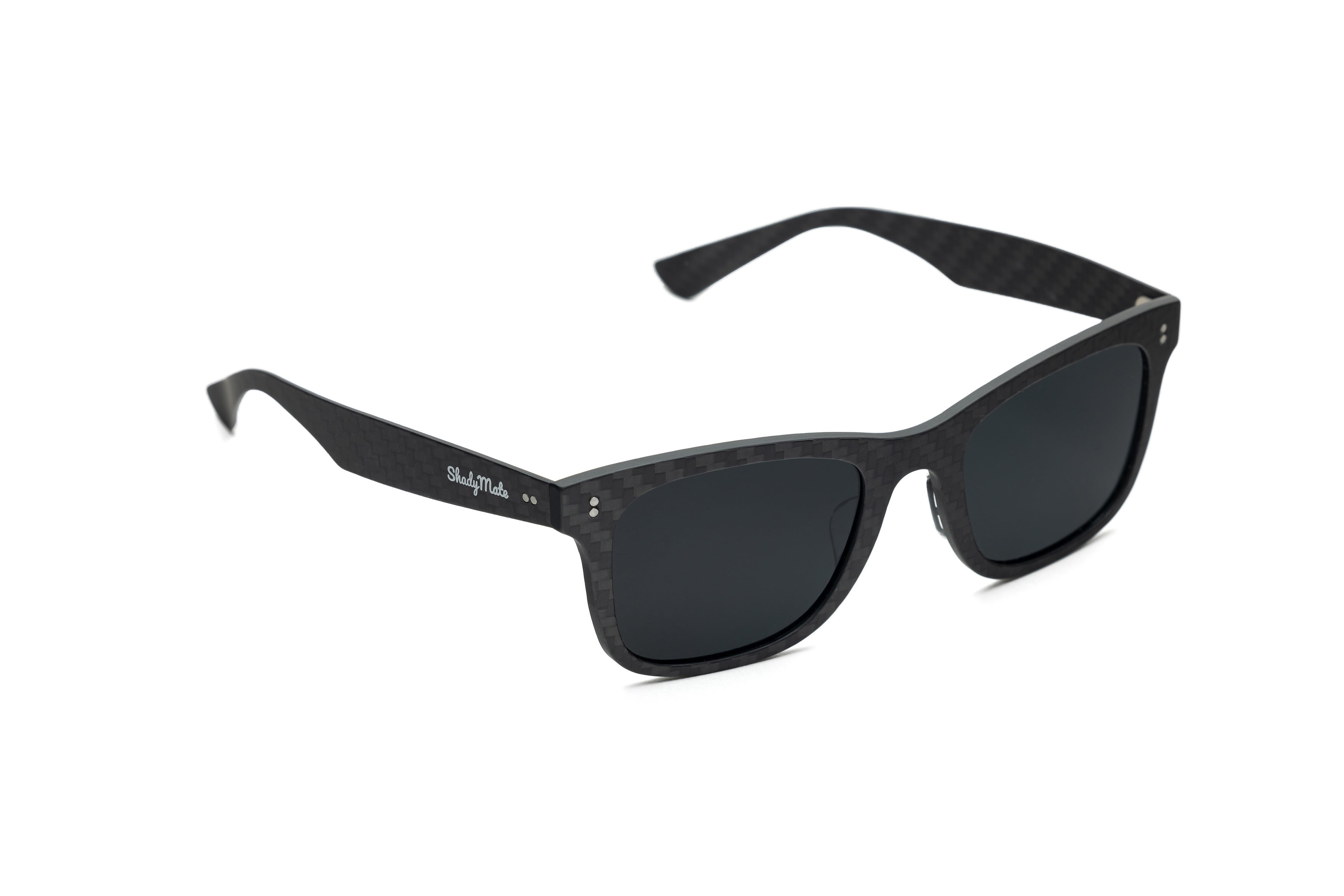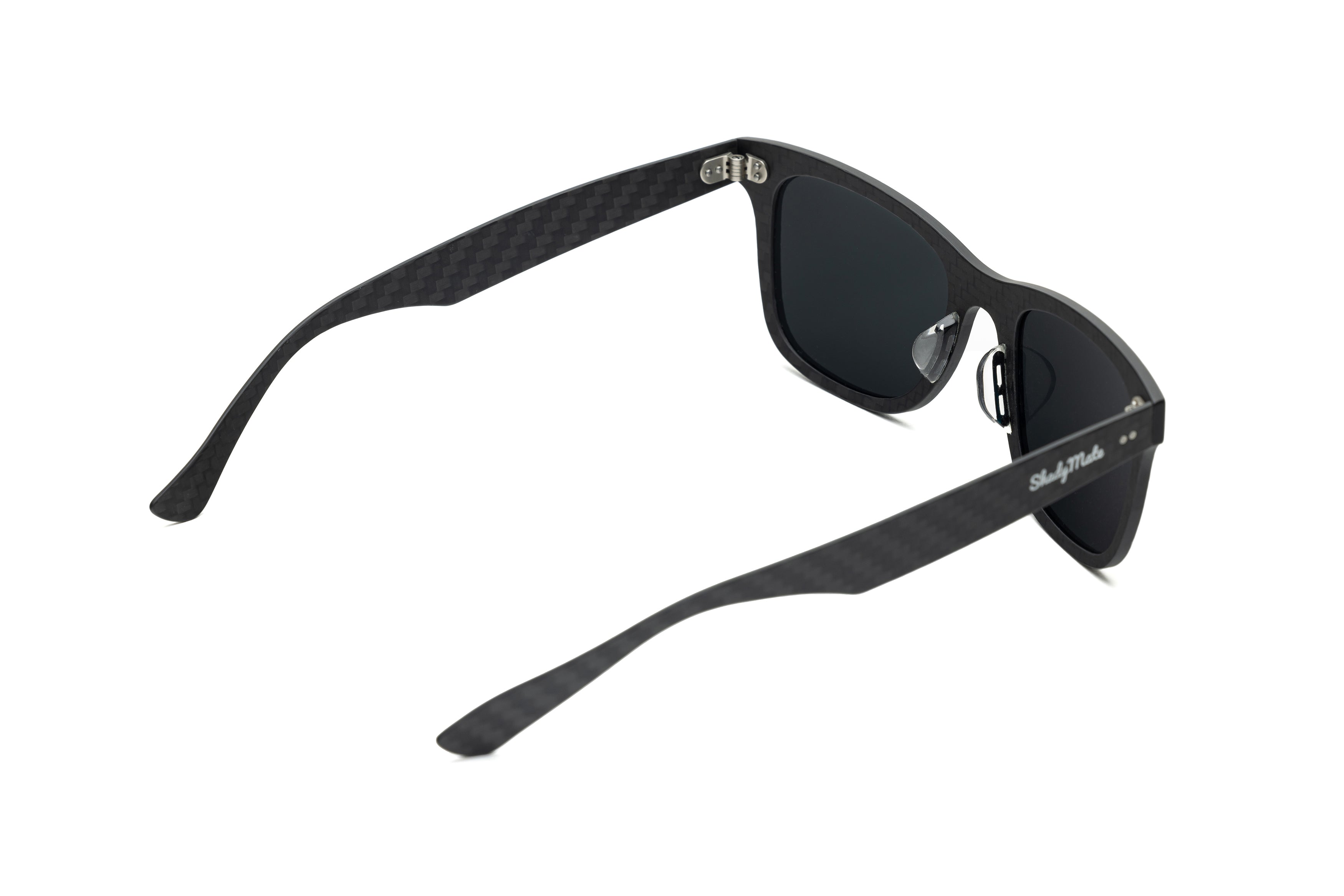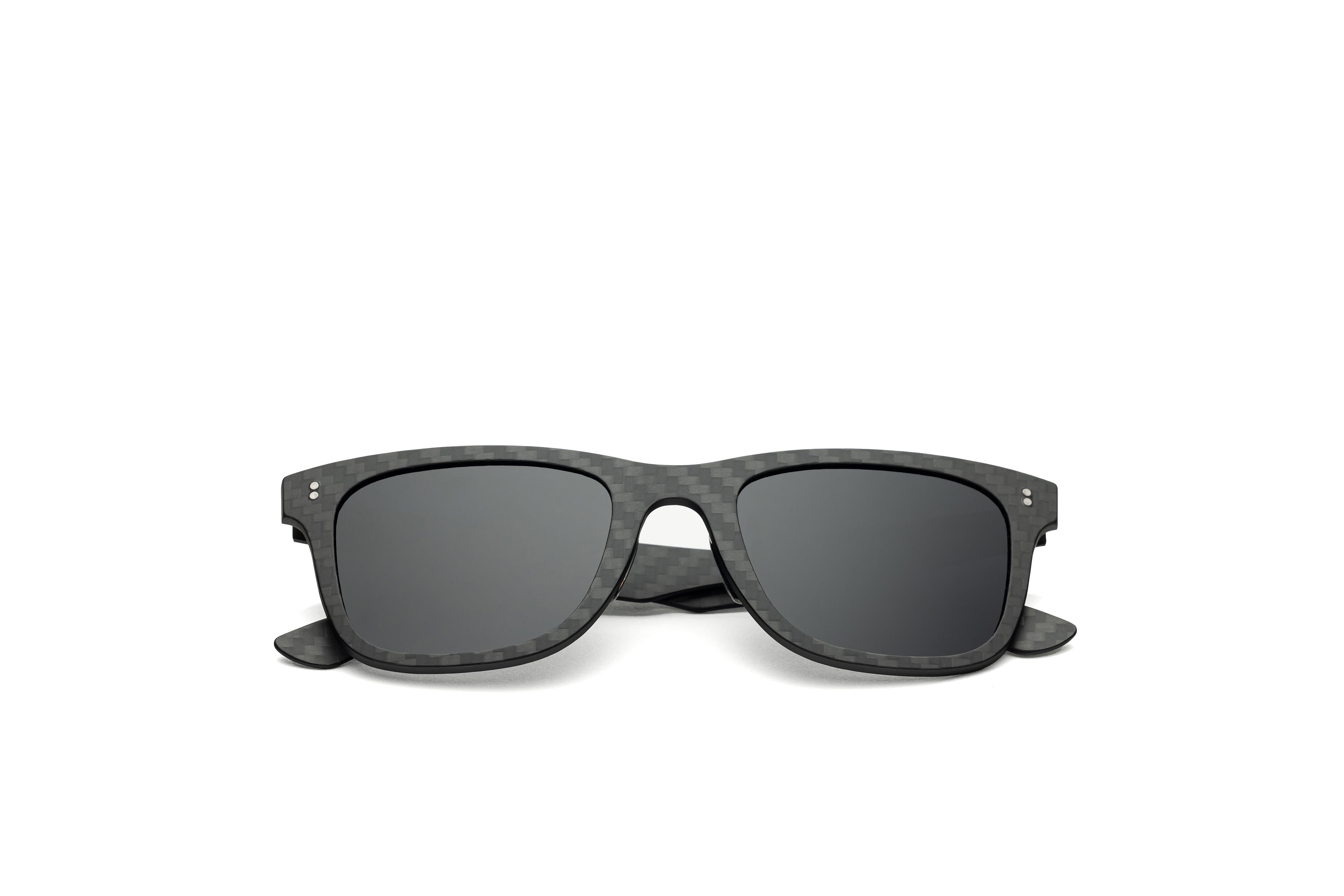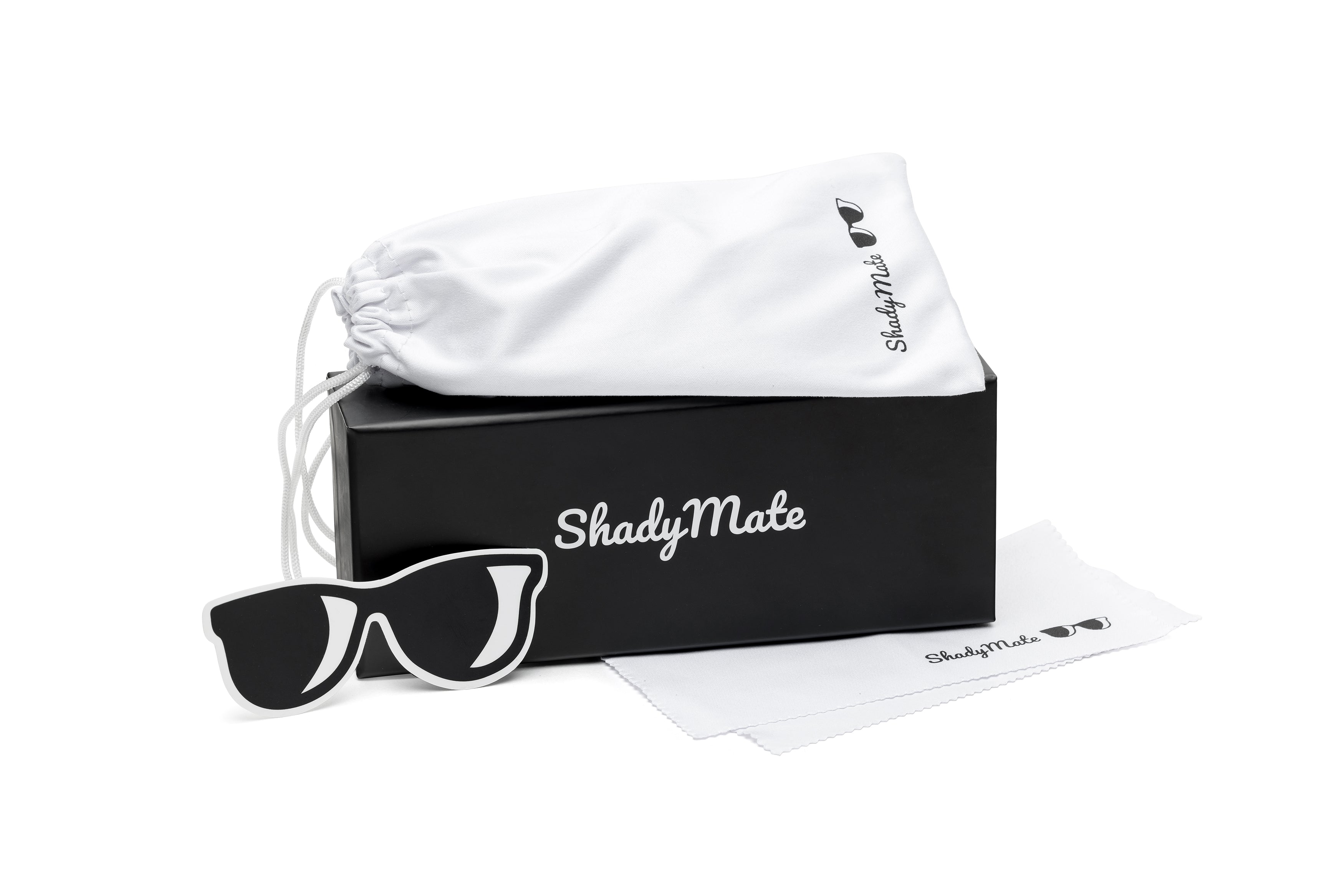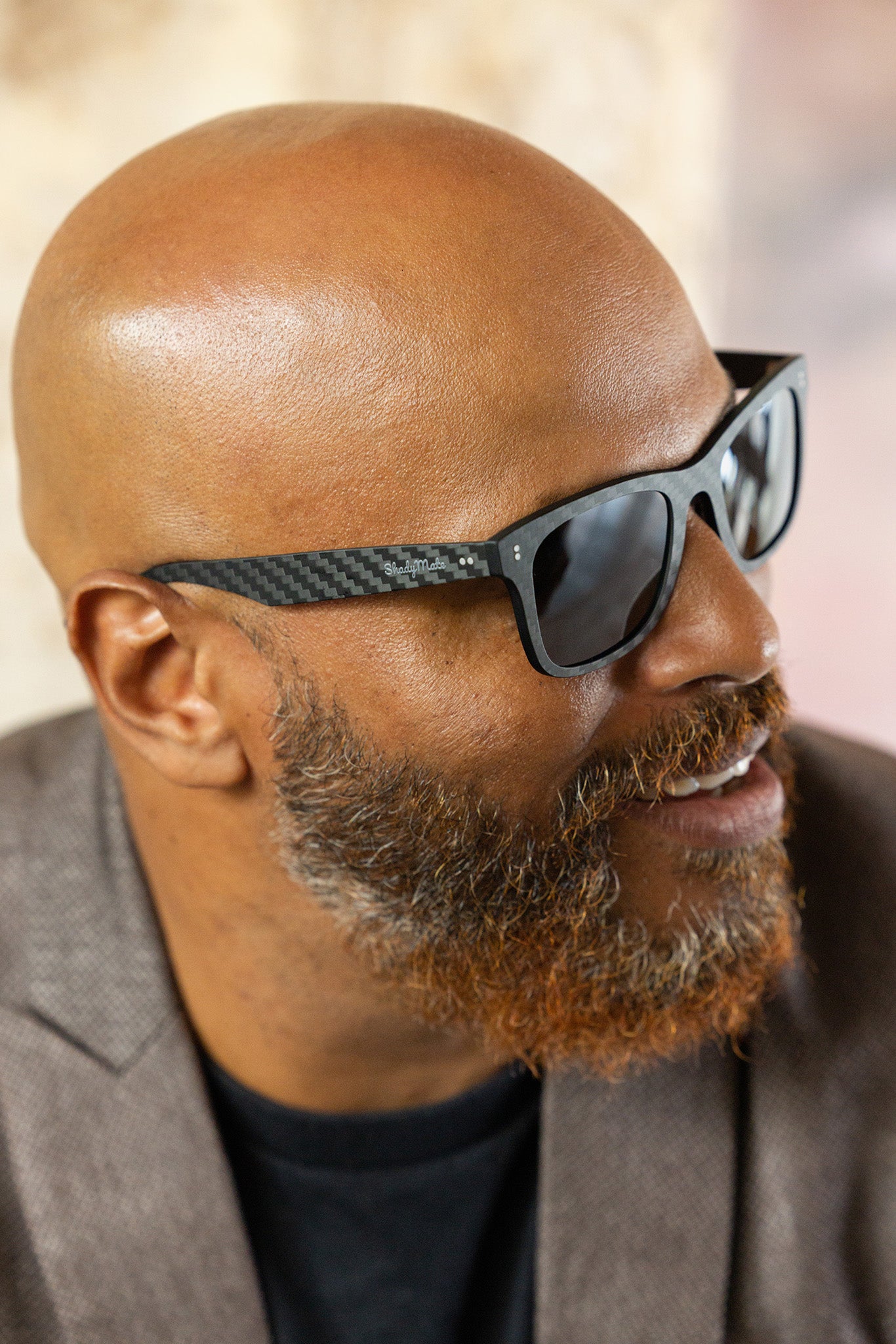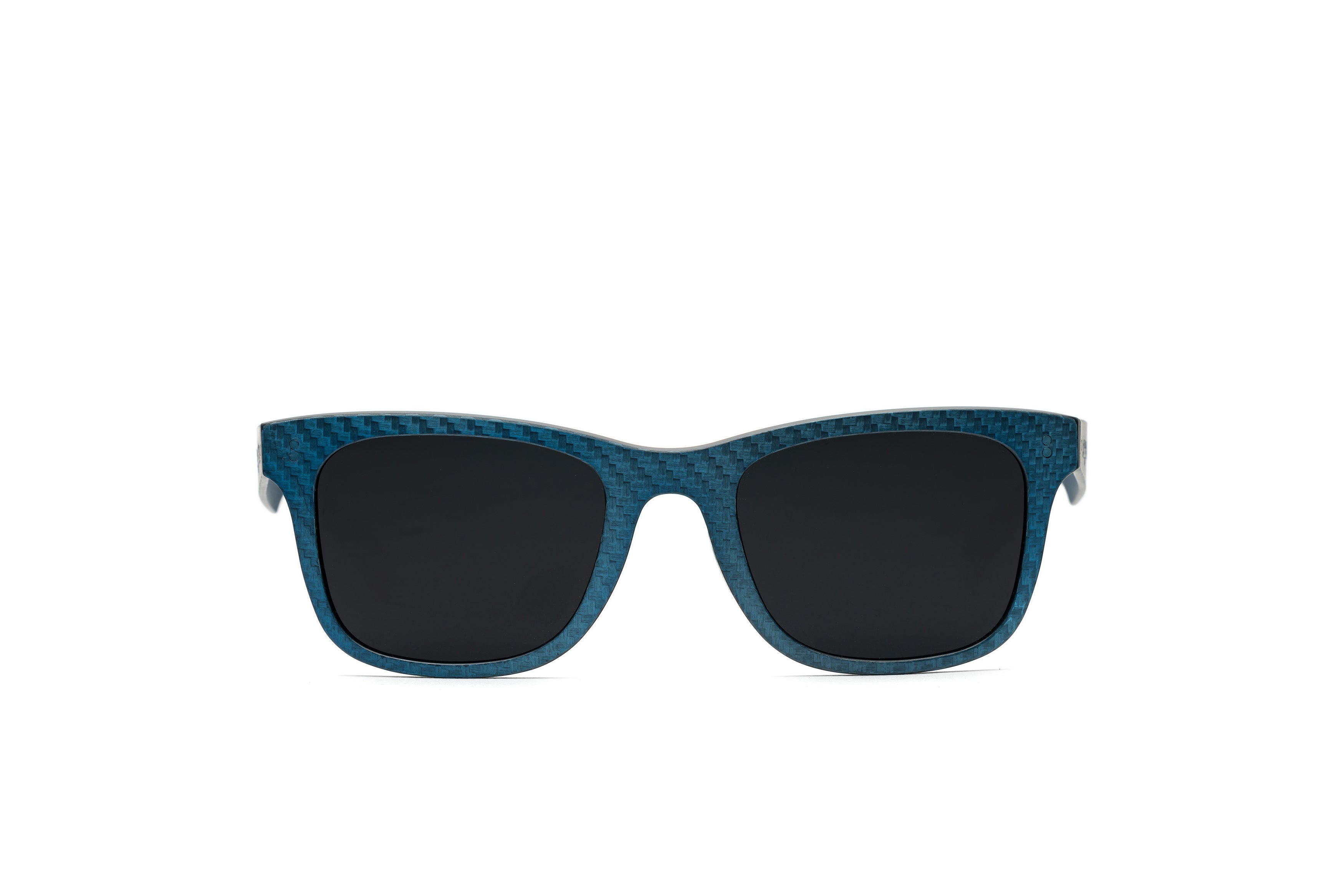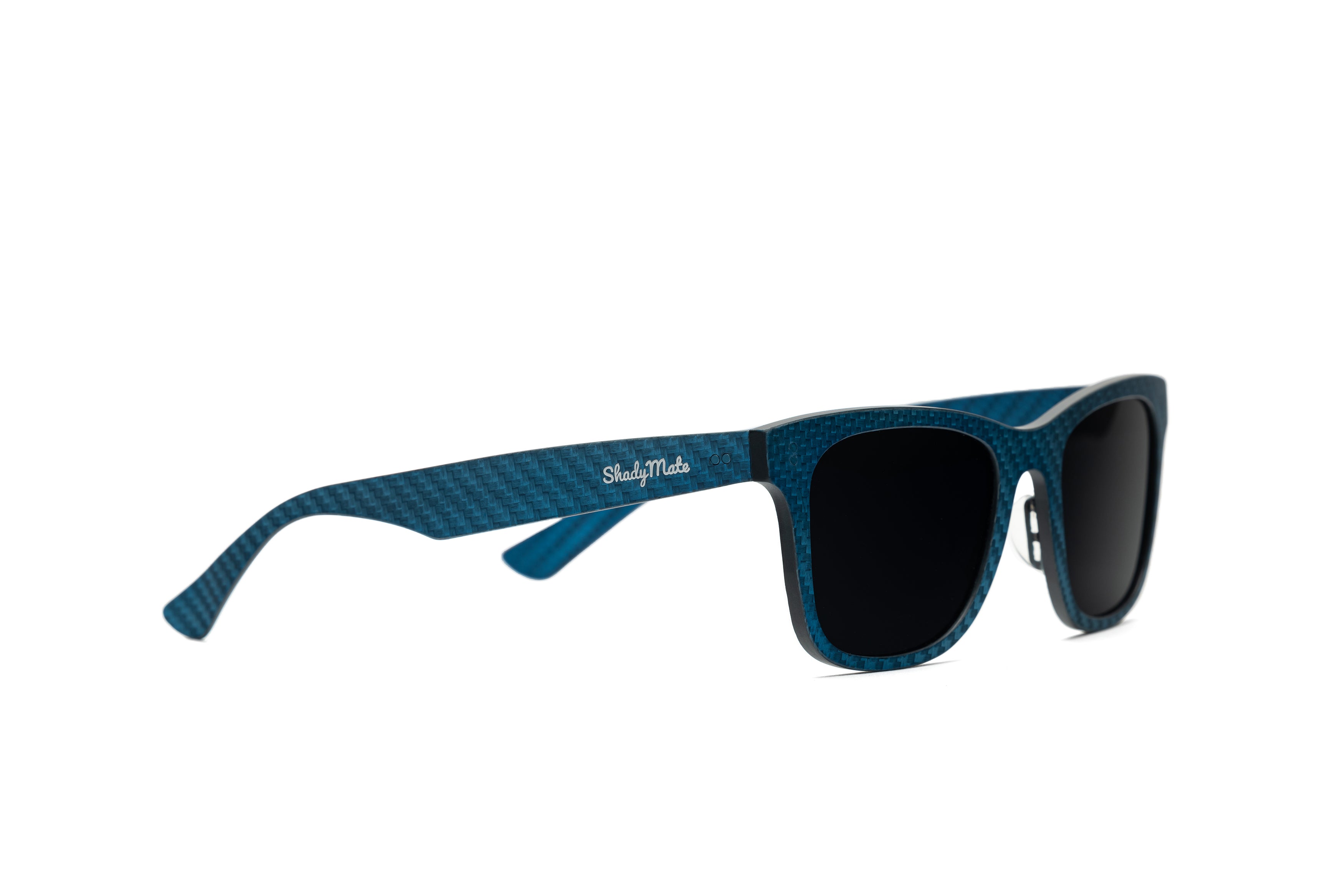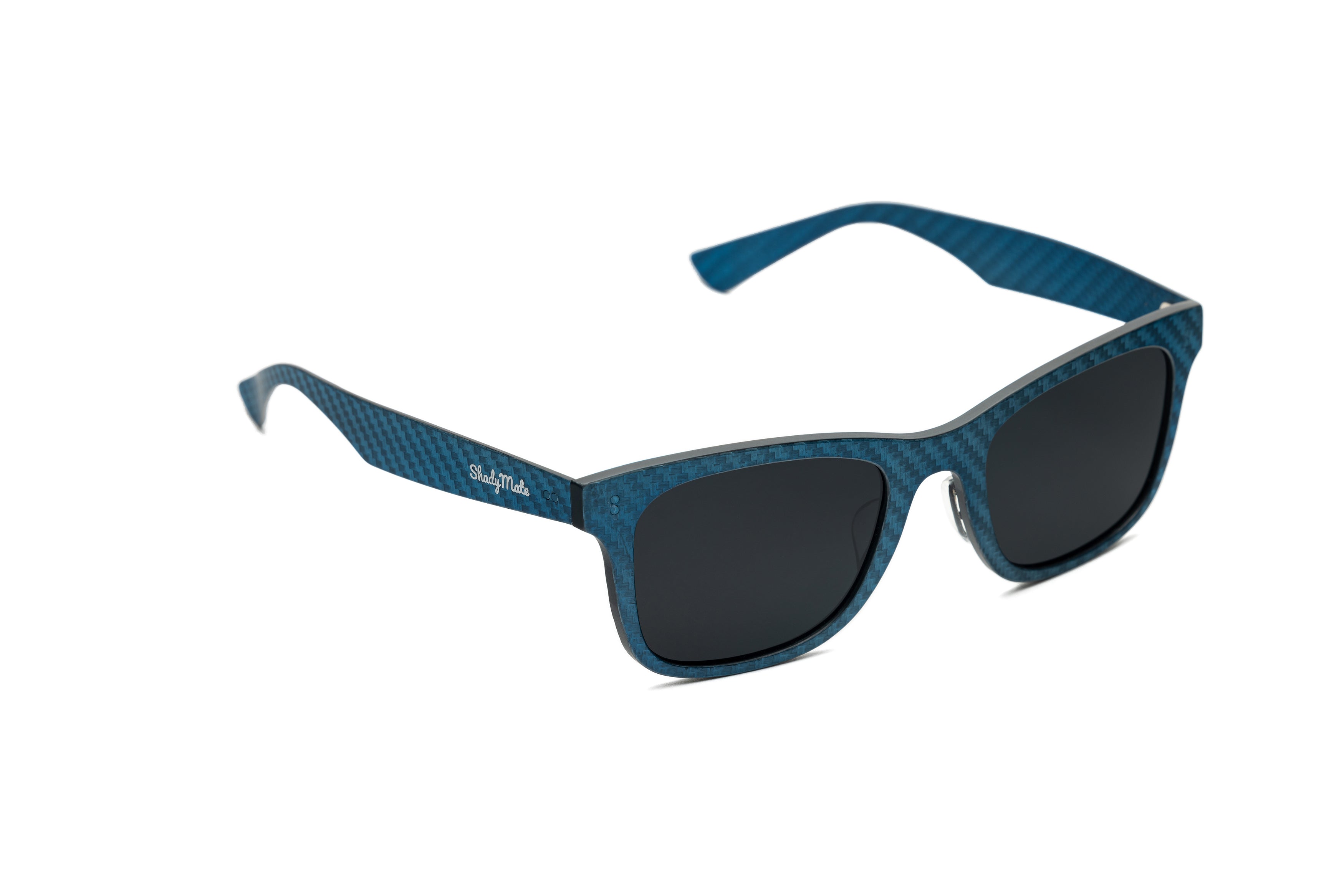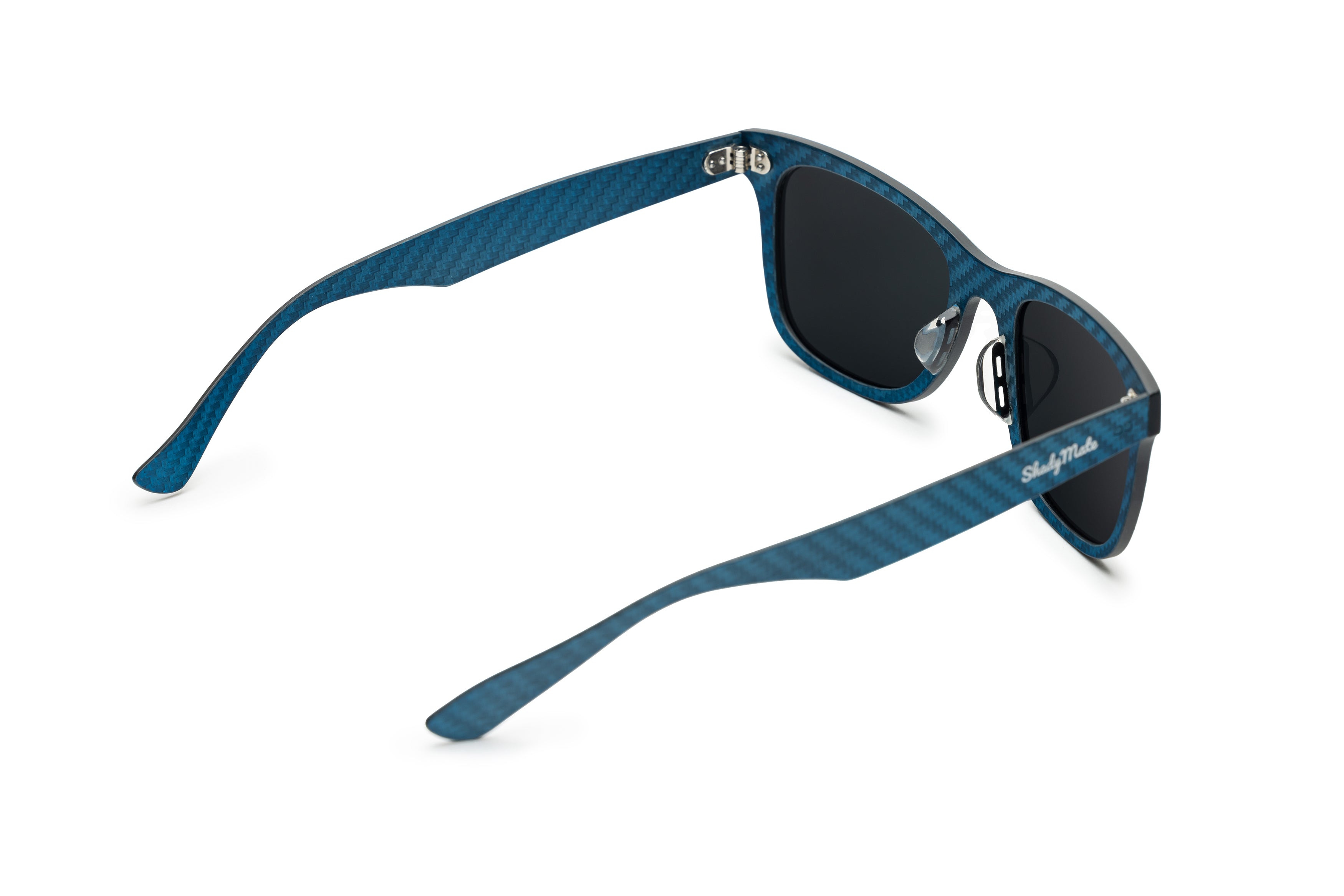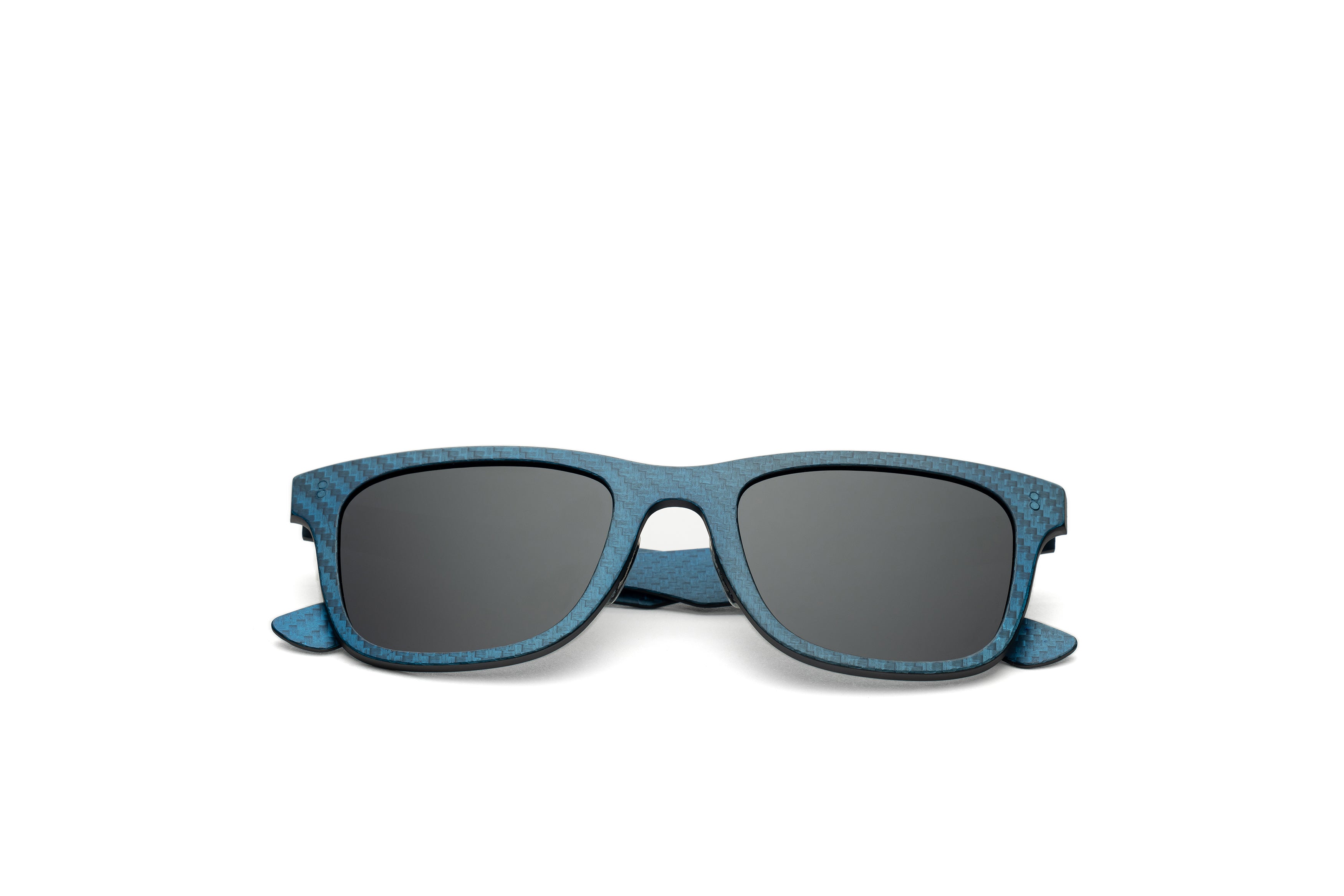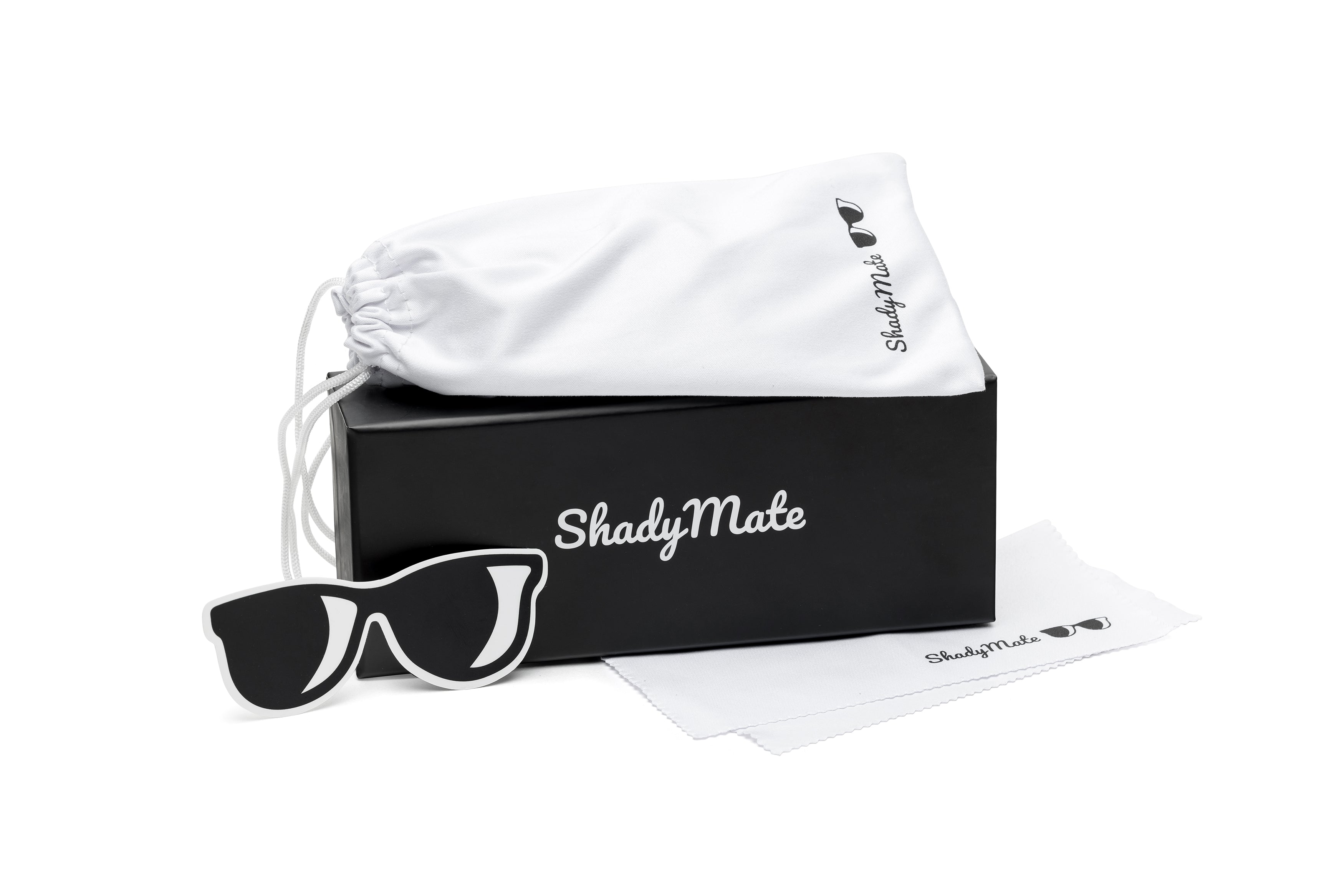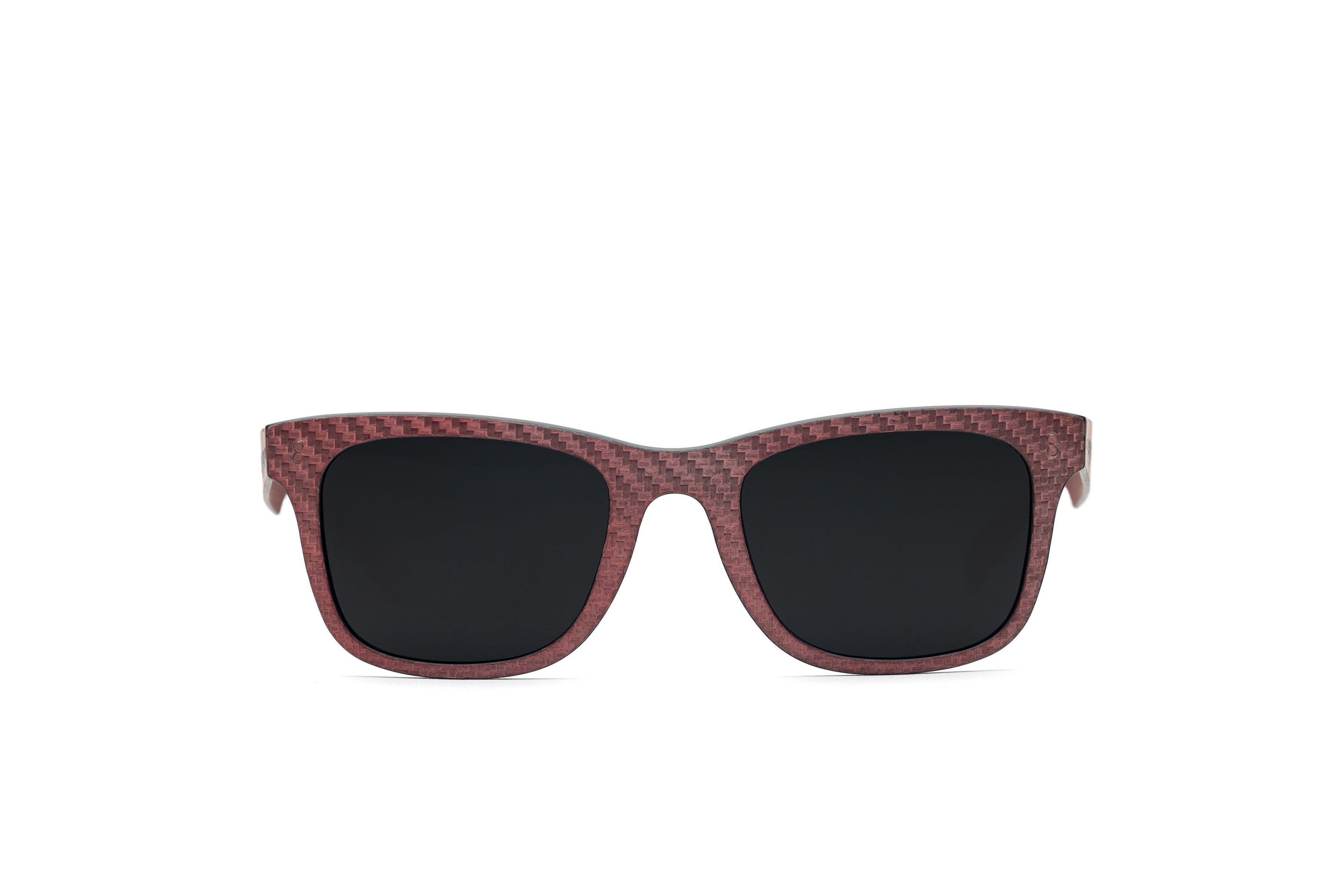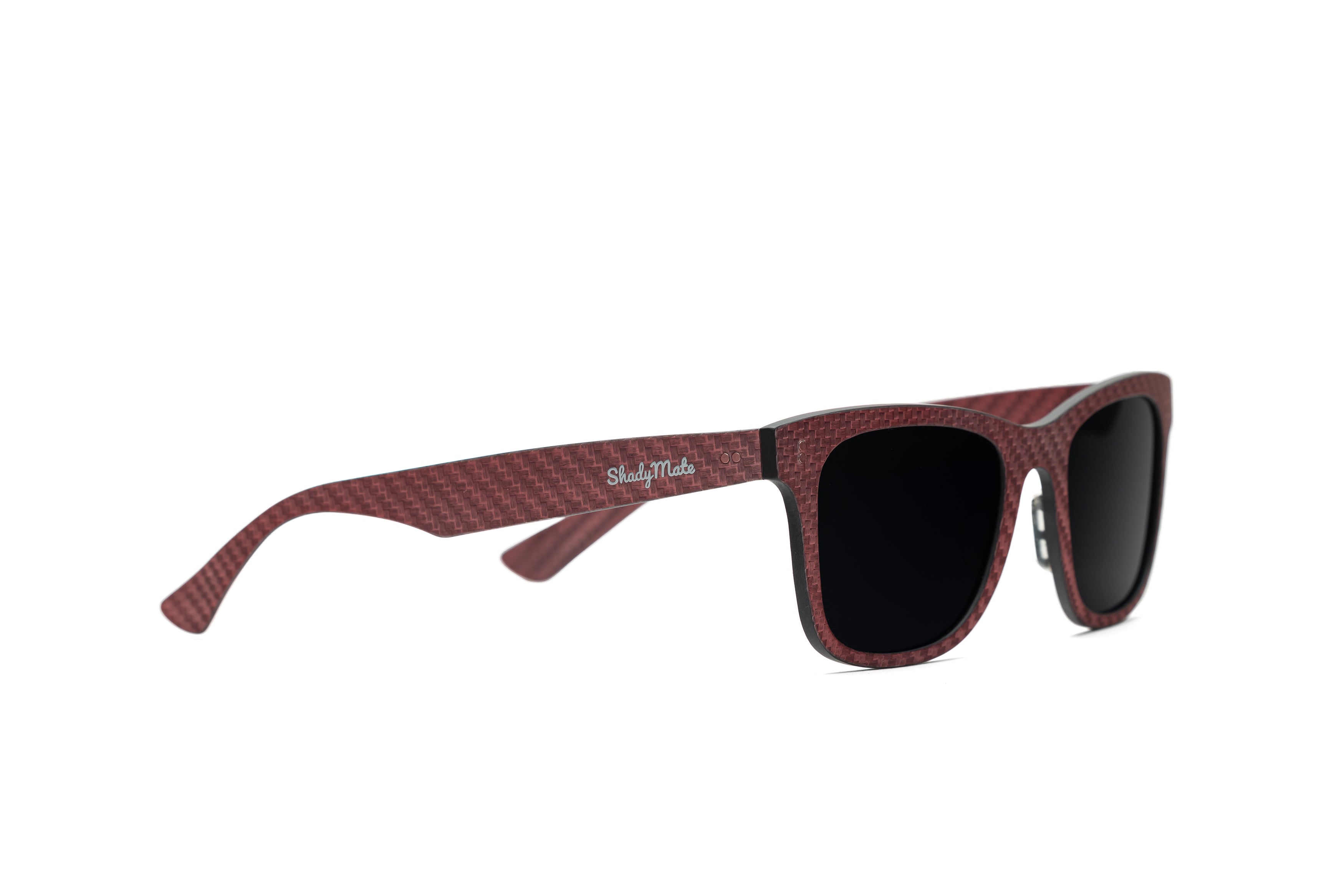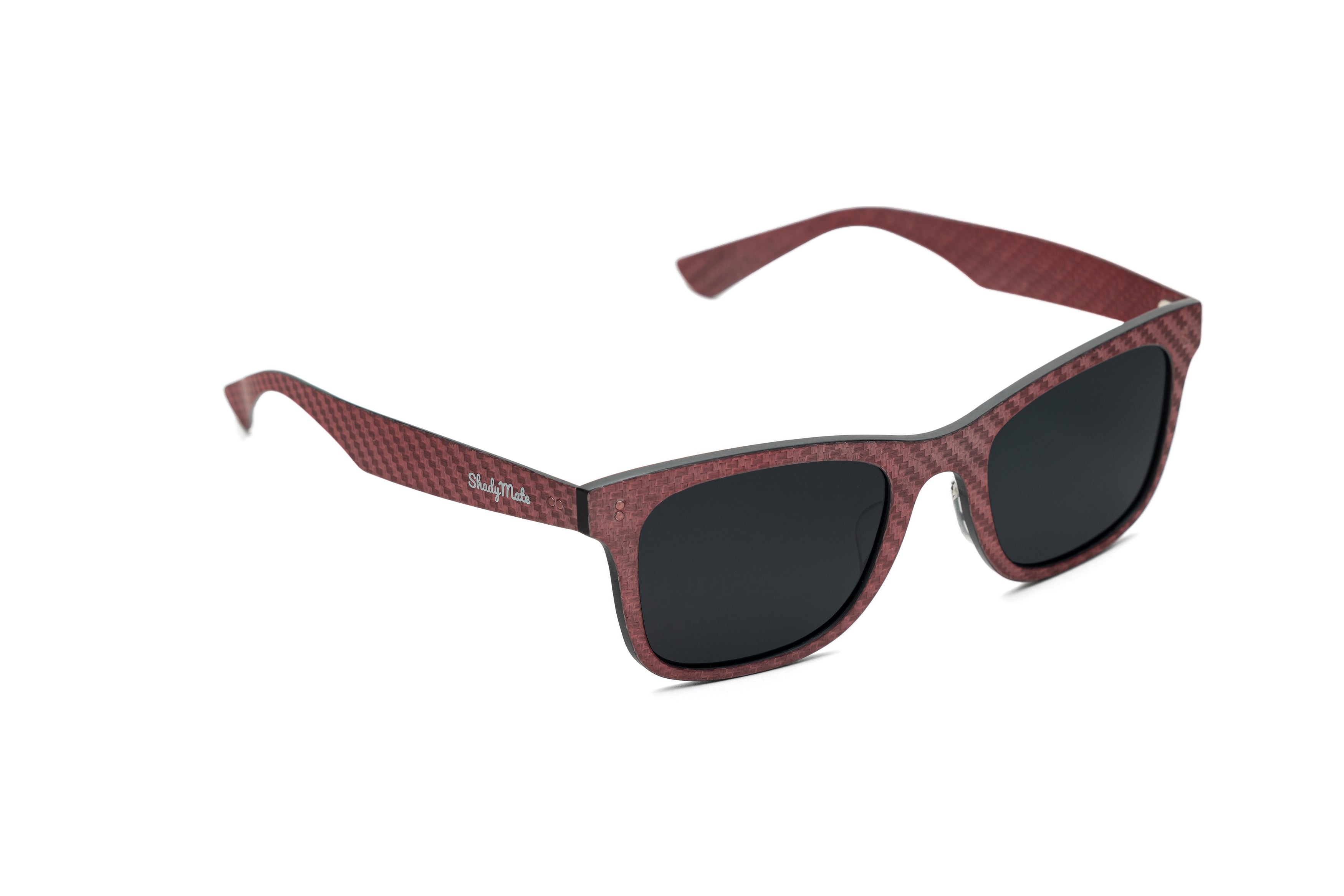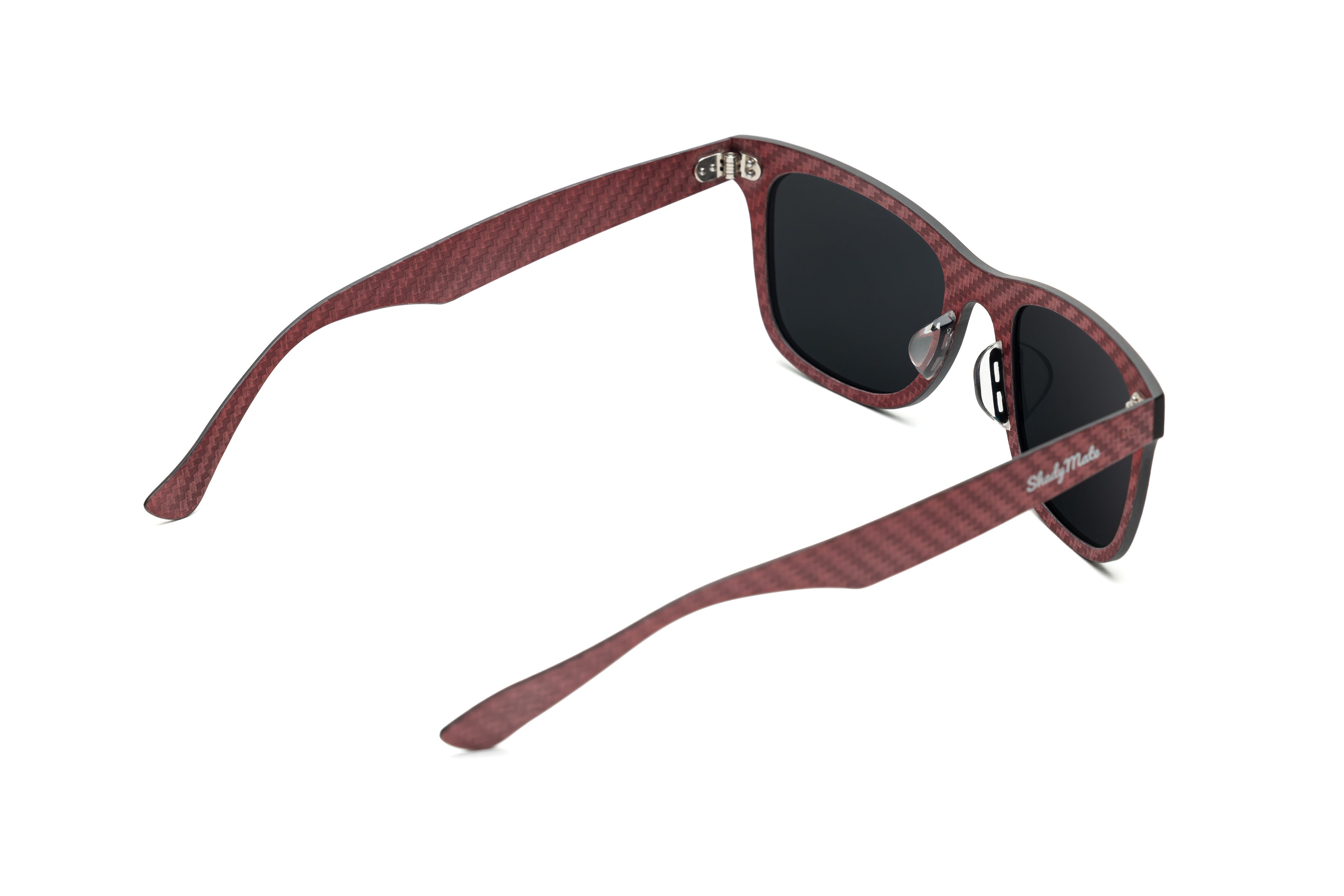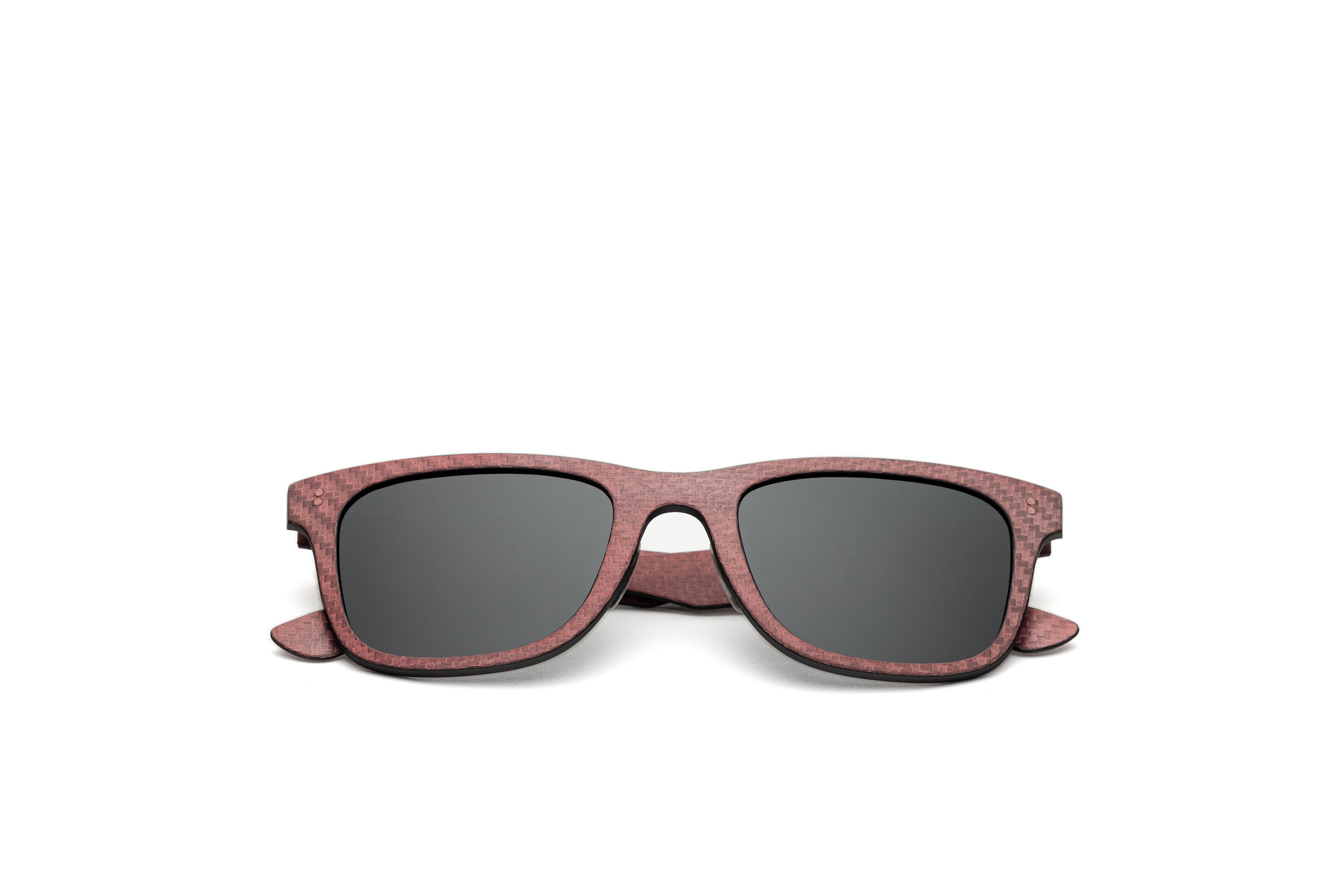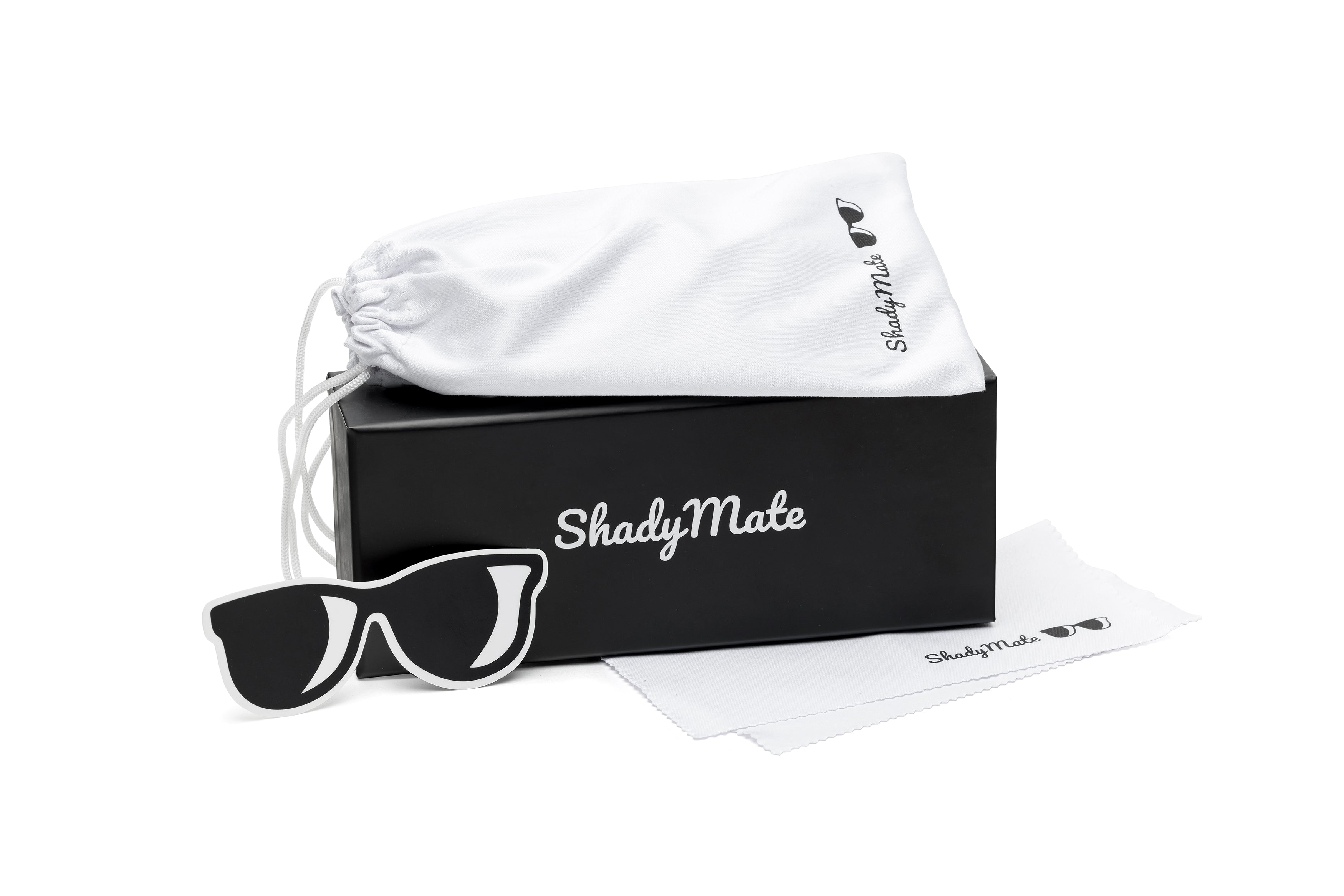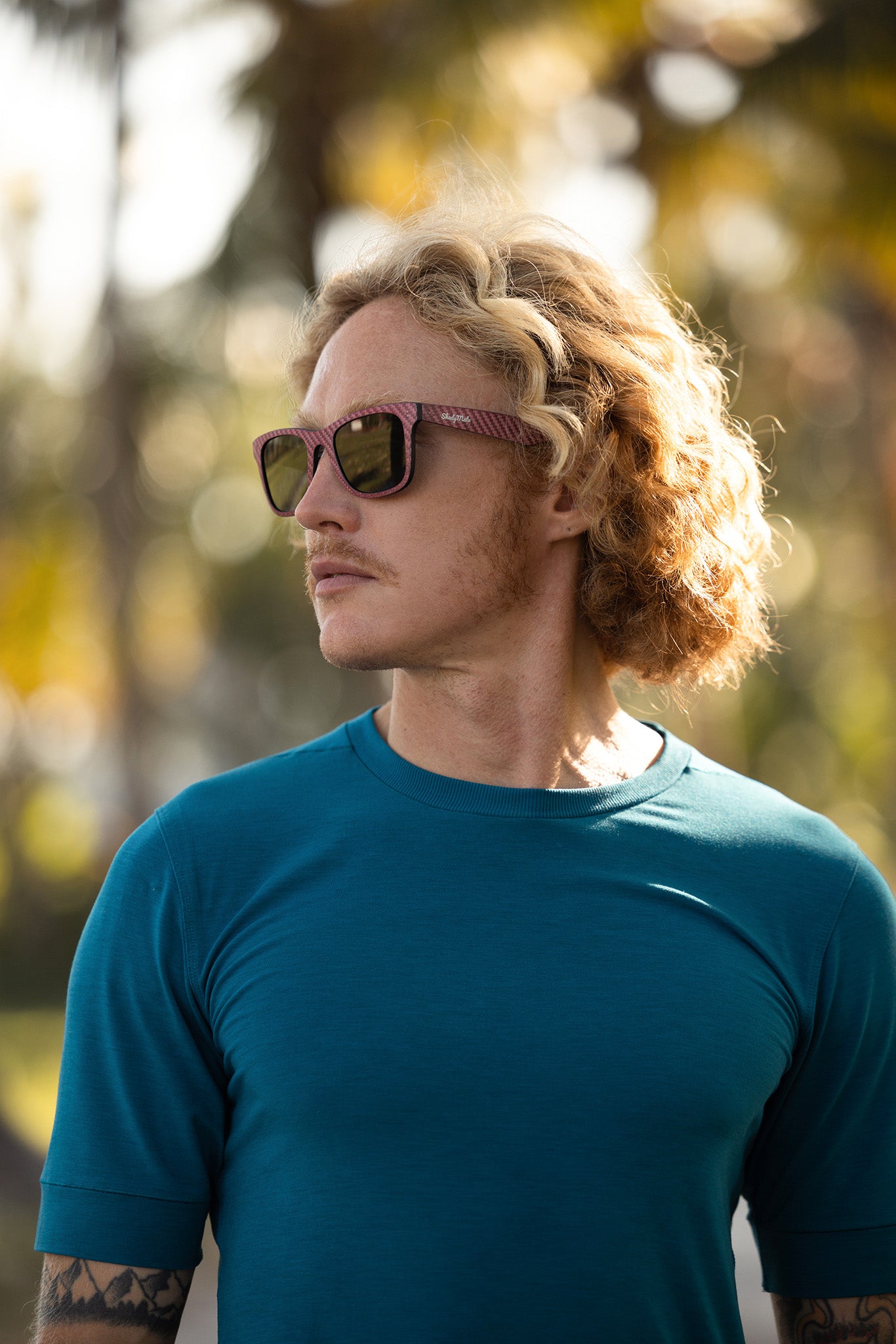Carbon Fiber vs. Acetate: Unveiling the Superiority of Carbon Fiber for Sunglasses
Introduction
Choosing the right material for sunglasses is vital to ensure durability, comfort, and style. In this article, we will explore the comparison between carbon fiber and acetate as materials for sunglasses, focusing on proven data points. By examining key factors such as strength, weight, flexibility, and environmental impact, we aim to demonstrate why carbon fiber emerges as the superior choice over acetate.
Unmatched Strength and Durability
Carbon fiber stands as a frontrunner in terms of strength and durability for sunglasses. With a high strength-to-weight ratio, carbon fiber exhibits superior resistance to impact and can withstand daily wear and tear without compromising its structural integrity. On the other hand, acetate, while being a durable material, falls short in comparison to carbon fiber in terms of its ability to resist breakage and deformation over time. Carbon fiber frames provide longevity and offer reliable protection against accidental drops or impacts.
Lightweight Design
Carbon fiber's lightweight properties offer a significant advantage over acetate. Sunglasses made from carbon fiber provide a comfortable wearing experience, especially during extended periods, due to their reduced weight. The lightweight nature of carbon fiber frames minimizes pressure on the nose bridge and ears, ensuring enhanced comfort for the wearer. In contrast, acetate sunglasses can be relatively heavier, leading to discomfort and fatigue, particularly during prolonged use.
Superior Flexibility and Adaptability
Carbon fiber sunglasses exhibit remarkable flexibility, allowing them to withstand bending and retain their shape without deformation. This flexibility ensures that the frames maintain their original form even when subjected to pressure or accidental impacts. Acetate, although relatively flexible, can be more prone to warping or losing its shape over time. The superior flexibility of carbon fiber frames contributes to their excellent adaptability, enabling them to fit various face shapes comfortably, providing a secure and snug fit for optimal eye protection.
Environmental Considerations
In the realm of sustainability, carbon fiber demonstrates advantages over acetate. Carbon fiber is known for its eco-friendly manufacturing process, with the potential for recycling and reducing waste. On the other hand, the production of acetate involves the use of chemical compounds that may have adverse effects on the environment. By opting for carbon fiber sunglasses, individuals can make a conscious choice towards reducing their environmental footprint without compromising on quality or style.
Conclusion
With its unmatched strength, lightweight design, flexibility, and environmental advantages, carbon fiber delivers a winning combination of durability, comfort, and style. Choose carbon fiber sunglasses for an optimal eyewear experience that embodies innovation and sustainability.




